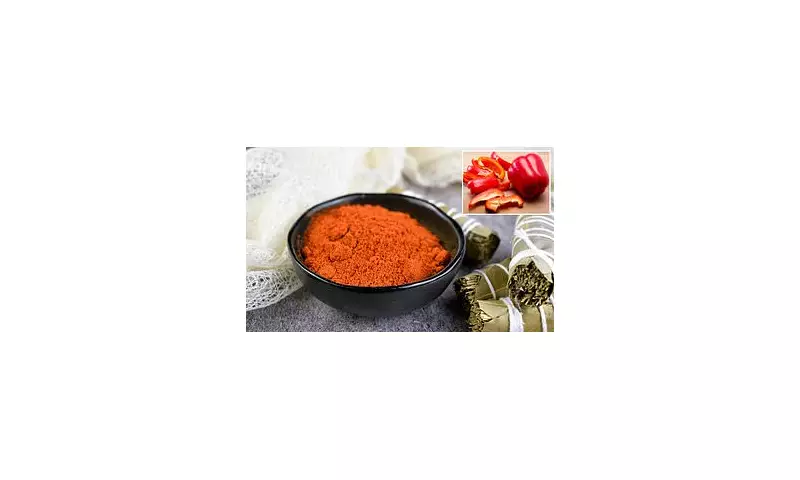
For decades, the vibrant red hue of paprika has been a staple in kitchens worldwide, but few have questioned what gives this beloved spice its distinctive colour. Now, researchers have unveiled the natural compound behind paprika's rich red shade, shedding light on a process that's as fascinating as it is delicious.
The Science Behind the Spice
Contrary to popular belief, paprika's colour doesn't come from artificial additives. The deep red pigment is naturally derived from capsanthin, a carotenoid found abundantly in red peppers. This compound, scientifically known as E160c, is responsible for the warm, earthy tones that make paprika instantly recognisable.
From Pepper to Powder
The journey from fresh pepper to ground spice is more complex than most realise:
- Red peppers are harvested at peak ripeness when capsanthin levels are highest
- The fruits undergo careful drying to preserve the precious pigments
- Traditional stone grinding methods help maintain colour intensity
- The final product is graded based on colour strength and purity
Why This Discovery Matters
This revelation comes at a time when consumers are increasingly concerned about artificial additives in their food. Knowing that paprika's colour comes from a natural source provides reassurance to health-conscious cooks and food manufacturers alike.
"The fact that paprika gets its colour from natural compounds in peppers makes it stand out in an era where many food colours are synthetic," explains Dr. Eleanor Whitmore, a food scientist at the University of Reading.
Beyond the Kitchen
Capsanthin isn't just about aesthetics - this powerful antioxidant has potential health benefits too. Studies suggest it may:
- Support eye health due to its carotenoid content
- Possess anti-inflammatory properties
- Contribute to cardiovascular health
As research continues, we may discover even more reasons to appreciate this humble spice that's been colouring our food naturally for centuries.





